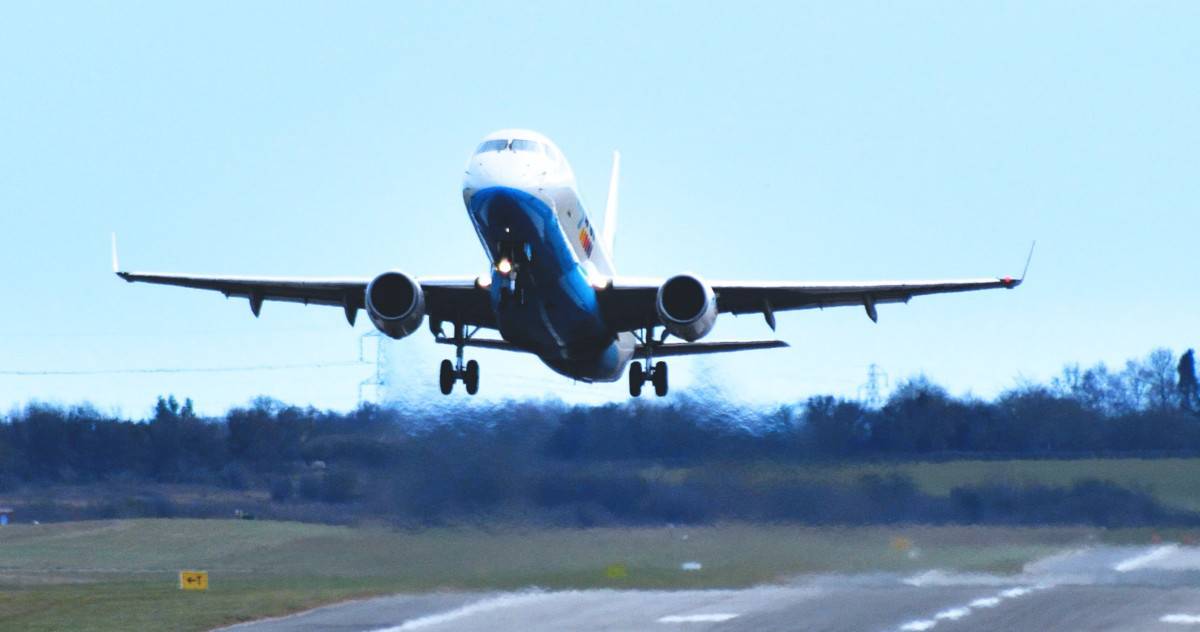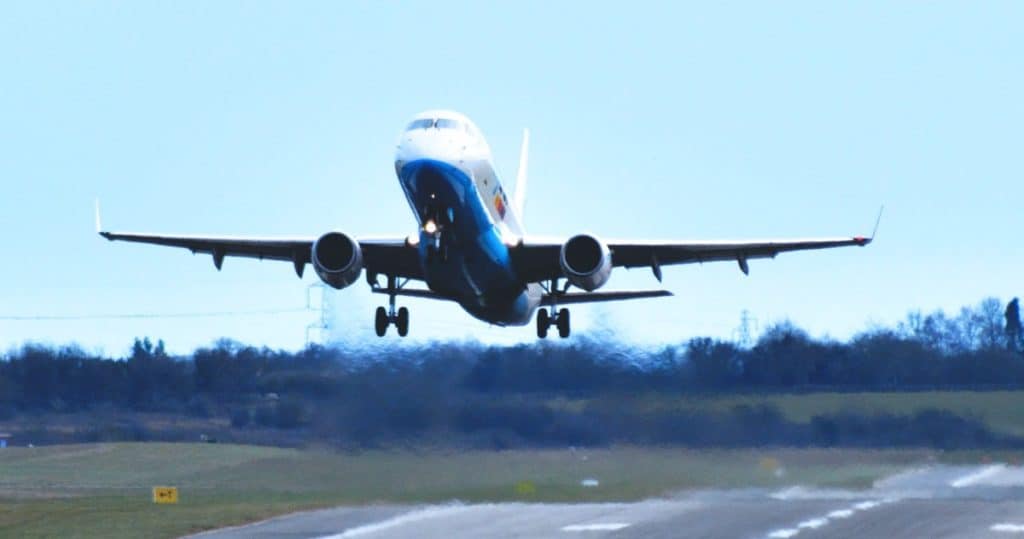
We have all been there sitting on the runway getting ready to go on vacation but the jet is not going anywhere! What the heck!? Why can’t pilots just line up and go like they sometimes do? How do the pilots know when to take off?
Pilots are able to take off at large, busy airports only when air traffic control gives them clearance to enter the runway and then clearance to take off. For small or remote airports with no air traffic control, the pilot can take off at their own discretion once established it is safe to do so.
There are many things that affect when an aircraft can take off and depending on the type of aircraft and where it’s going will dictate how simple it is to get airborne. In this article, I’m going to tell you about both large aircraft, and small aircraft procedures.
Before Any Aircraft Can Takeoff…
One thing you may not realize is that while passengers are getting themselves settled in on the aircraft the pilot/s are running through a series of checklists to get the aircraft configured and ready for flight.
Depending on the size of the aircraft, these checklists can either be done by memory for a small aircraft or large planes and helicopters will require company-mandated ‘Challenge & Response’ checklists to be completed by both pilots.
How Do Pilots Know When To Takeoff In Large Jets?
All large jets operate under a set of flight rules called Instrument Flight Rules or IFR for short. Flying under IFR allows pilots to fly into clouds and at night under the watchful eye of air traffic control.
But, to have a watchful eye they will be given a timeslot from air traffic control for when they need to be ready for takeoff at the runway. Most timeslots are a time with a buffer zone around them of 5 minutes before to 10 minutes after.
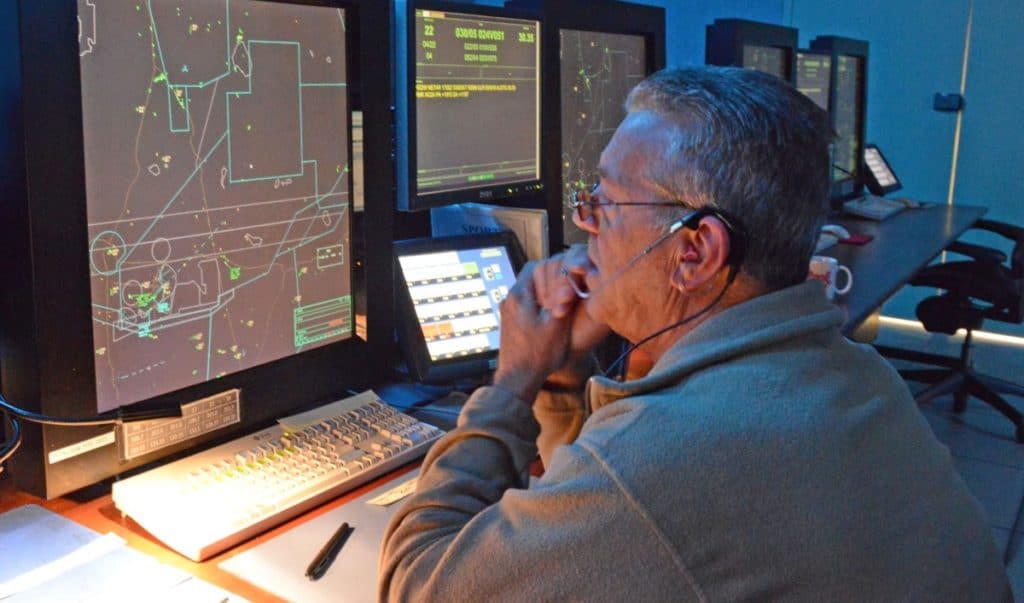
This timeslot will be when the aircraft can be ‘Slotted’ into the airway system once airborne. Think of this like joining a freeway from an onramp during rush hour. If you miss the open spot (The Timeslot), you have to sit on the onramp until the next free space becomes available.
The pilot’s job is to work backward from this issued timeslot and ensure everyone is onboard, the doors are closed, the aircraft is ready, it is pushed back and engines are started ready to meet the allotted time.
Once all of this is complete, the pilot will ask the airport’s Ground Controller for instructions to taxi to the runway in use.

Join My Newsletter & Get Great Tips, Information and Experiences To Help You Become a Superb Pilot!
When the pilot gets to the entrance to the runway, the pilot will change frequency and talk to the Tower Controller. When the runway is safe to enter this controller will give clearance to the pilot to either ‘Lineup & Wait’ or give clearance to takeoff immediately.
‘Lineup & Wait’ instructions are issued when a landing aircraft has not cleared the runway yet or there needs to be a delay to allow turbulent air to dissipate from the previous aircraft just landing or taking off.
The pilot can only take off once they have received clearance to do so from the air traffic controller.
How Do Pilots Know When To Takeoff In Small Planes?
The process for large planes to take off seems pretty straightforward, but what about small planes like Cessna’s and Pipers? Well, at most large airports only aircraft flying under IFR rules will be allowed to takeoff and land. For smaller airports that are controlled by an air traffic controller, the process is very similar but it applies to ALL aircraft.
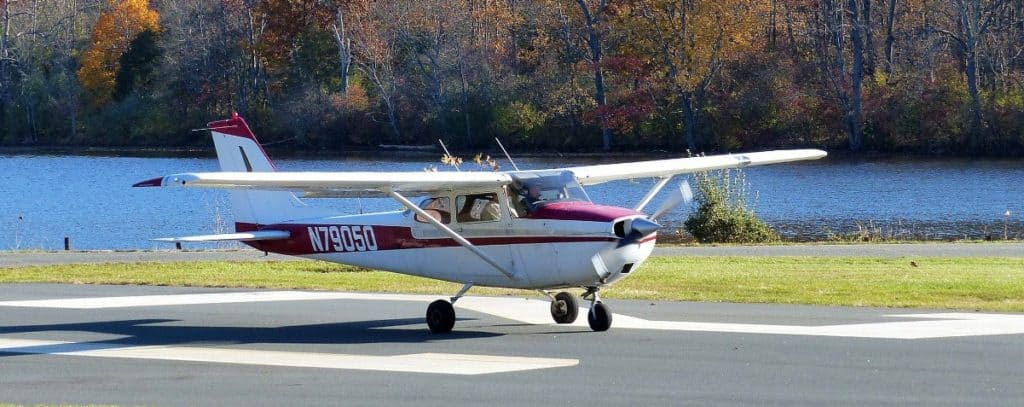
Once the pilot and the aircraft are ready, they will call for clearance to taxi, then will be given permission to enter the runway when it is clear and safe, and then clearance to take off.
No time slots are needed as the pilot may be just doing training circuits or be flying under Visual Flight Rules – VFR, to a destination. VFR relies on the pilot being able to see the ground and other aircraft to avoid them. Very minimal control will be given by the air traffic controller once the aircraft has left the airport.
How Do Pilots Know When To Takeoff In Helicopters?
This is my territory and I think it’s one of the easiest ways to be able to take off in an aircraft from an airport. The main bonus to taking off in a helicopter is that we don’t need a runway!
Once the helicopter is all ready, I give the Ground Controller a call on the radio to let them know I’m ready for takeoff. They will usually ask me what my intentions are and my direction of flight away from the airport.
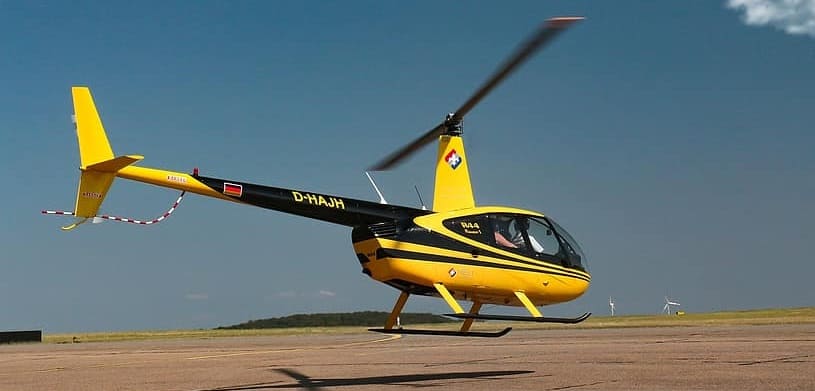
I then call the Tower Controller on a separate radio frequency once I’m ready to pick up into a hover, and depending on my route of flight, they will usually give me clearance to take off from where I am.
If I have to cross a runway or there is an aircraft taxiing across my intended route of departure they will ask me to ‘Hold Position’ before giving me clearance to depart once the traffic is clear.
Once outside of the airport’s control zone and clear of any of their landing/departing traffic, they are done with me and wish me on my merry way.
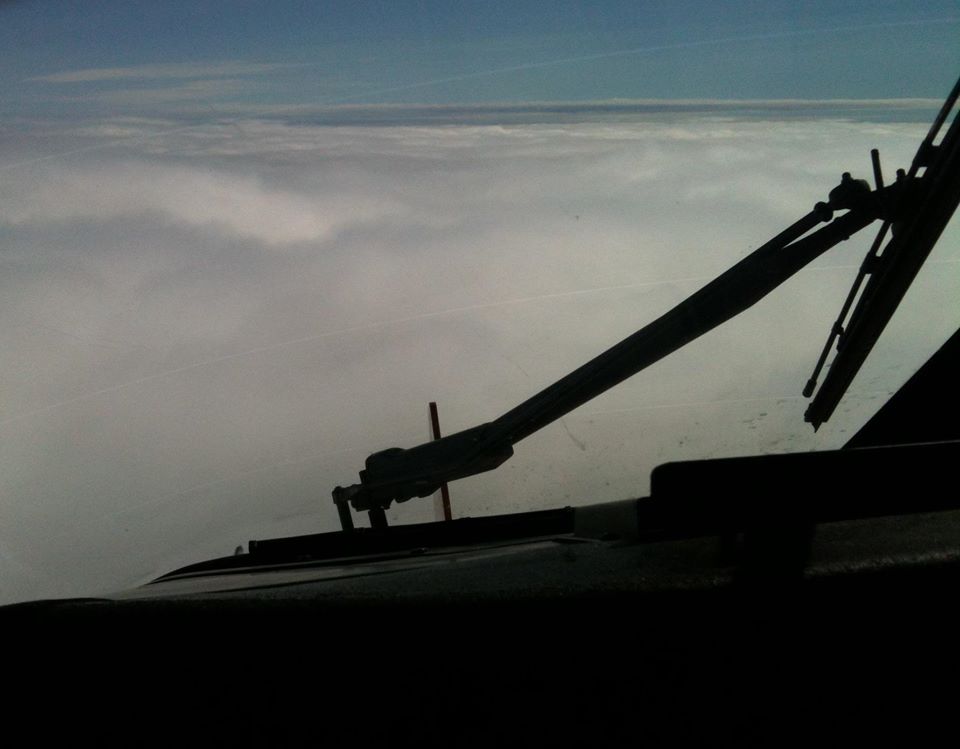
If however, the helicopter is wanting to depart under IFR and fly into the clouds or at night, then the pilot will have to file their flight plan and join the takeoff lineup just like the big guys.
They may need permission to taxi, lineup, and depart from ATC just as if they were a fixed-wing, or they can depart from their location on the apron or hanger and then join the IFR airway system once airborne and under the control of the airport’s Departure Controller.
How Do Pilots Know When To Takeoff At Airports With No ATC?
At small airports with no air traffic controller or the controller has gone home for the day, then knowing when to take off relies solely on the pilot.
All pilots are under rules to ‘See & Avoid’ no matter what aircraft they fly, but if an aircraft is in the cloud or at night then this is when ATC becomes their eyes. For the rest of us flying VFR, we need to ensure we do not hit each other.
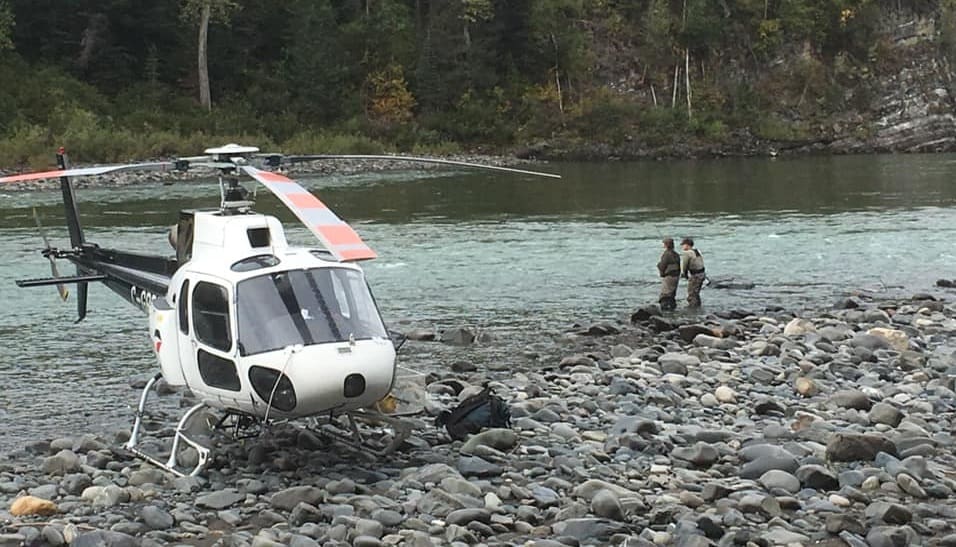
When wanting to takeoff at a location or airport with no air traffic controller, a pilot will make a radio call on the airport’s radio frequency before they enter the runway. Providing no other pilot replies saying they are landing and the pilot can see there is no one landing (from either runway direction), the runway is clear of obstacles (Wildlife etc), then they can line up and take off at their own discretion.
Good piloting requires discretion, communication, and a good awareness of what is going on around them when operating at airports with no air traffic control.
To Finish
When pilots are flying out of a remote location or an airport with no air traffic control then it is up to them to decide when it is safe to take off and depart.
As airports get larger and traffic load increases, then pilots will be under the complete control of air traffic control to be given clearance to enter the runway and depart.
Further Reading
If you found this article interesting and would like to keep reading, I highly recommend the following articles from my blog:

